This post contains affiliate links, which means I will make a commission at no extra cost to you should you click through and make a purchase. As an Amazon Associate I earn from qualifying purchases.
Growing fruit trees is a rewarding way to add to your family's food pantry. Find out more about fruit gardening.
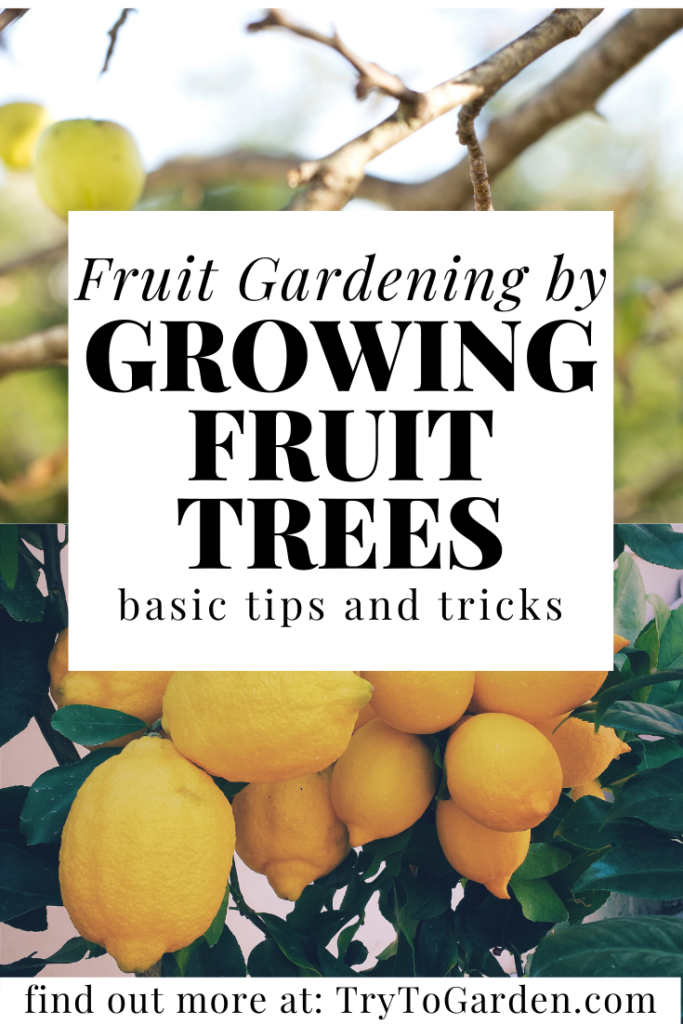
Fruit Gardening
One thing I wanted to do after we moved into the new house was to plant a few fruit trees. I loved picking cherries at my Mom's and making cherry jam, getting apples from my backyard and making everything from my apple and mint jelly, to canned apple pie filling.
My Great Aunt Fern made perfect pear butter. So I needed a pear tree, and apricots intrigue me. Growing fruit trees was undoubtedly in my future, and it was something I had to learn more about.
Being able to set up a backyard orchard is always a lot of fun, and gives the entire family the chance to enjoy fresh fruit during the summer and fall. Growing fruit trees in your backyard are all about choosing the right trees for your backyard habitat and hardiness zone.
Whether you plant just one tree or an assortment of trees, selecting the trees is a small decision that makes a massive difference to how well the trees do, how much time you need to spend caring for them, and how much fruit you will be able to harvest.
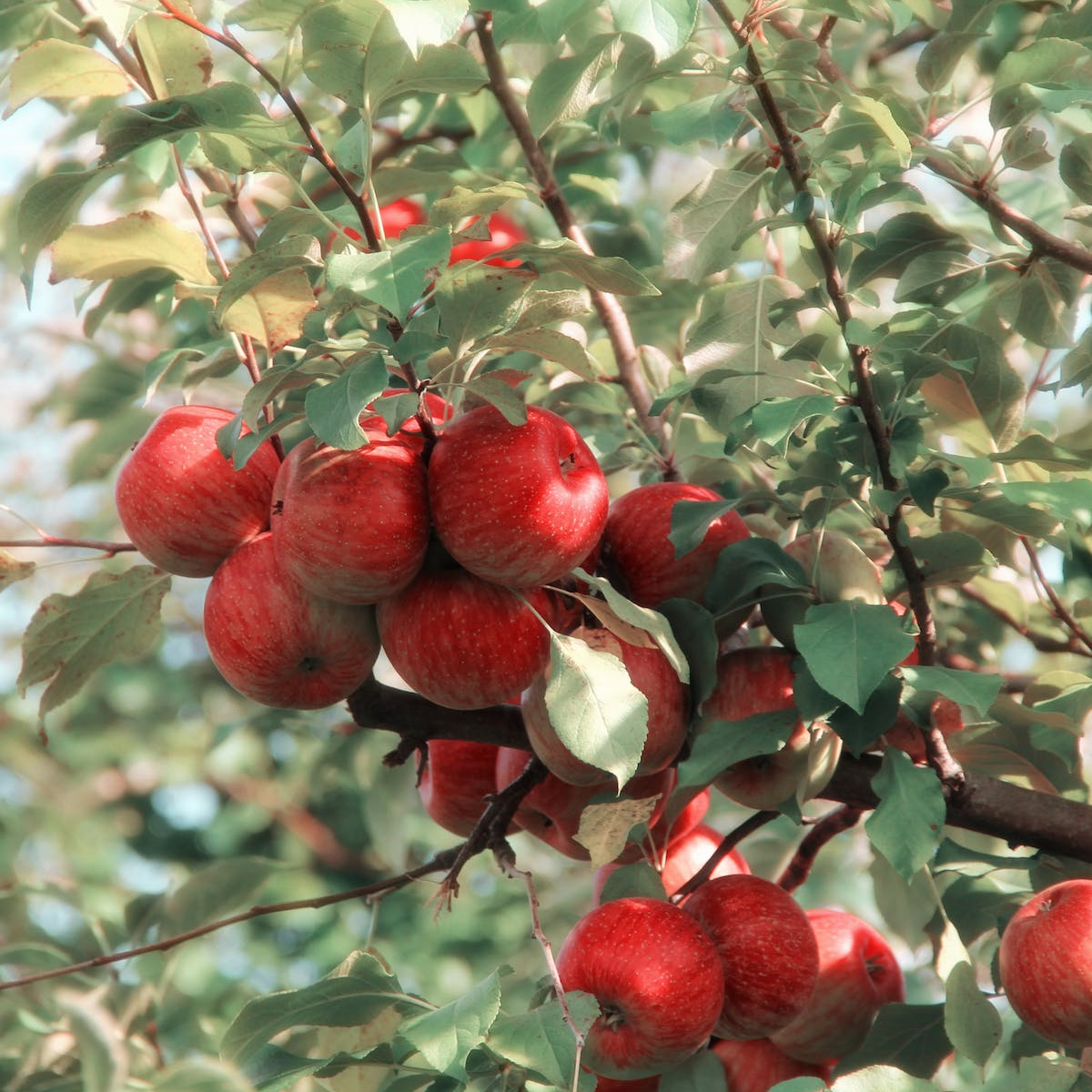
Growing Fruit Trees
Use these tips to help you choose fruit trees that are suitable for growing in your backyard.
Understand the Soil:
However you decide to plant your fruit trees in the backyard, whether directly into the soil or in a garden bed, you must know the earth. Trees are super resilient and great at adapting to the ground they are planted in, but for fruit trees to bear fruit, they need to be able to find nutrient-rich soil. Well-drained, not packed soil that has a balanced pH level is best for fruit. Fertilizer can be added to amend the soil depending on the type of fruit trees you plant.
Sun and Space:
The next step to choosing fruit trees for the backyard is to check out the space you have available and the amount of sun those spaces receive. Fruit trees need plenty of sun, its the only way they can get enough energy to be able to grow their fruit. Make sure that you are not planting the trees in the shade or canopy of another tree. Space is another factor that is going to play into the health and growth of your tree choice. While there may be enough clear space on the ground for a tree to be planted, look up and determine how many feet on each side of a planting spot would a canopy have free space to grow.

Choosing a Tree:
Choosing the type of fruit tree comes down to two factors, what your yard can support, and what kind of fruit you want to grow. Whatever you grow, you will have an abundance of, so make sure it is a type of fruit that you love and can eat or process a lot of.
Apple, pear, and peach trees produce larger fruit that the average family should be able to harvest and use with ease. Cherry trees produce a considerable number of smaller fruits that take a lot more time to collect and might need to be shared. A lemon, limes, grapefruit, or orange tree produces a decent amount of fruit, but with fruit like lemons or limes, you might also need to share because there are only so many lemons that the family can use.
When growing fruit trees, whatever kind of tree you decide on, make sure that the soil, sun, and space are there for the type that you decide on. Look for trees that are young and have not been out of the soil for too long - growing fruit trees that have healthy leaves and roots that are loose and not tightly coiled.
Trees that already look like they are struggling to survive might not survive through the first season, or take one to two growing seasons to regain their health. Trust me - my apricot tree looked sad and is now making a comeback. This year? I add a dwarf pear tree!
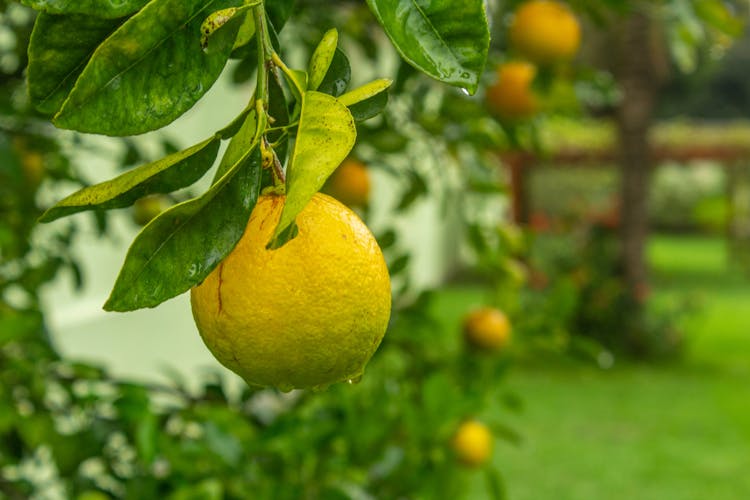
23 Essential Tips for Growing Fruit Trees for Beginners
Growing fruit trees can be a fulfilling and rewarding experience, whether you have a sprawling backyard or a cozy garden. For beginners, the thought of nurturing a fruit tree to maturity might seem daunting. However, with a bit of knowledge and some patience, you’ll find that it’s easier than you’d expect. Here are 23 essential tips to help you get started on your journey towards growing healthy and fruitful trees.
1. Choose the Right Tree for Your Climate
Not all fruit trees thrive in every climate. Research which types of fruit trees are best suited for your region. For instance, apple trees fare well in colder climates, while citrus trees prefer warmer, more temperate environments.
2. Pick the Right Location
Fruit trees need a location that provides ample sunlight—at least 6-8 hours per day. Ensure your chosen spot has good drainage to prevent waterlogging, which can harm the roots.
3. Understand Soil Requirements
Healthy soil is fundamental for fruit trees. Most fruit trees prefer slightly acidic to neutral soil (pH 6.0-7.0). Conduct a soil test to understand your soil’s composition and amend it if necessary.
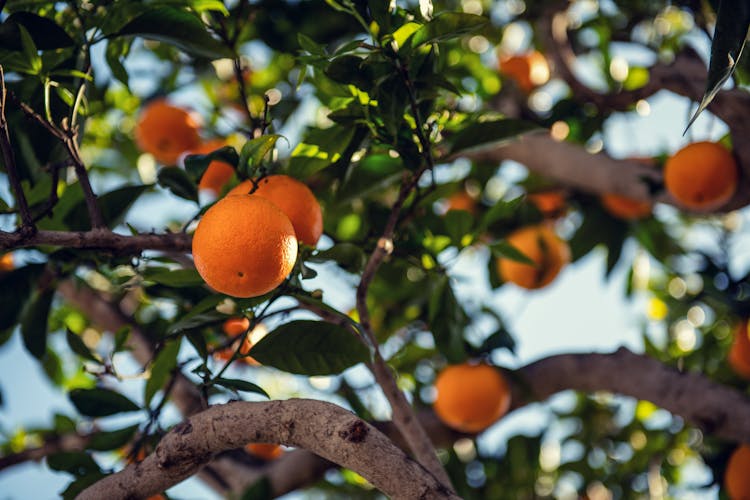
4. Start with Disease-Resistant Varieties
As a beginner, opt for disease-resistant varieties of fruit trees. These trees are less likely to succumb to common diseases, making them easier to manage.
5. Plant at the Right Time
The best time to plant fruit trees is during their dormant season, typically in late winter or early spring. This timing helps the tree establish roots before the growing season begins.
6. Proper Spacing
Give your fruit trees enough space to grow. Crowded trees can lead to poor air circulation, increasing the risk of disease. Refer to spacing guidelines specific to the type of tree you’re planting.
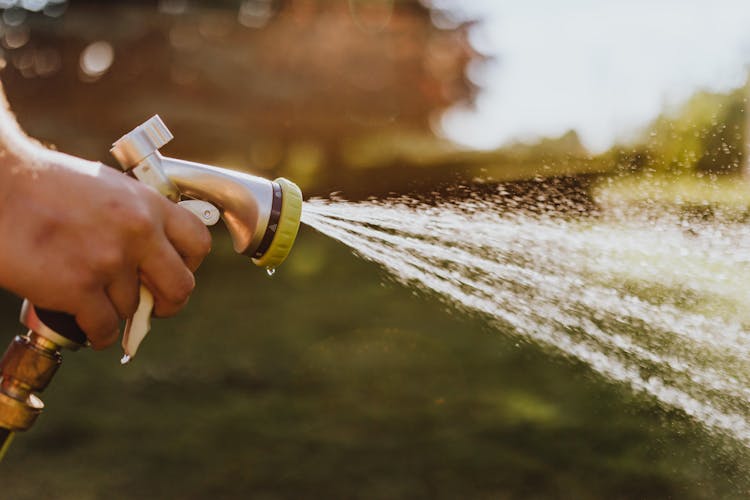
7. Watering Basics
Newly planted trees need regular watering to establish roots. Water deeply but infrequently to encourage deeper root growth. As the tree matures, reduce the frequency but increase the depth of watering.
8. Mulching
Apply a layer of mulch around the base of the tree to retain moisture, regulate soil temperature, and suppress weeds. Keep mulch 2-3 inches away from the trunk to prevent rot.
9. Pruning Young Trees
Pruning is essential for shaping the tree and encouraging healthy growth. Remove any dead or broken branches and aim to create an open canopy that allows light and air to penetrate.
10. Fertilizing
Feed your fruit trees with balanced fertilizers high in nitrogen during the growing season. Organic options like compost or well-rotted manure are also excellent choices.

11. Protecting from Pests
Keep an eye out for pests that can damage your fruit trees. Introduce beneficial insects, use organic sprays, or employ physical barriers like netting to protect your trees.
12. Training and Supporting
Use stakes or training systems to support young trees and guide their growth. This practice helps establish a strong structure and prevents damage from wind or heavy fruit loads.
13. Thinning Fruit
Thin the fruit when they are small to ensure that the remaining fruits grow larger and healthier. This practice also prevents branches from breaking under excessive weight.
14. Pollination
Some fruit trees require cross-pollination to bear fruit. Plant compatible varieties nearby or consider manual pollination techniques to facilitate this process.
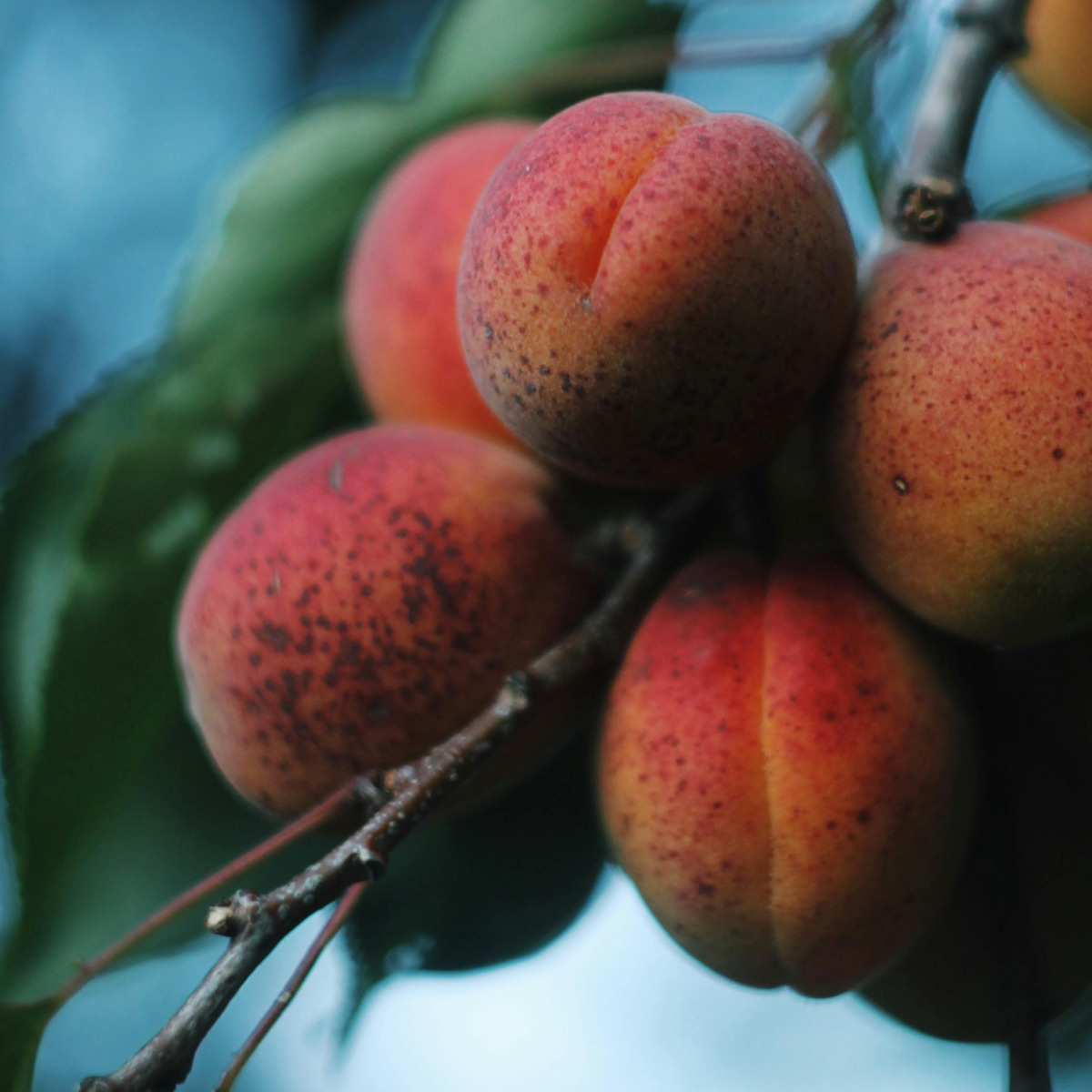
15. Grafting Techniques
Grafting can be a valuable skill for growing fruit trees. It allows you to propagate new trees or add different varieties to existing ones.
16. Watch for Signs of Stress
Monitor your trees regularly for signs of stress, such as yellowing leaves, stunted growth, or wilting. Early detection allows for prompt treatment.
17. Use Organic Methods
Organic gardening methods are beneficial for both your trees and the environment. Avoid chemical pesticides and fertilizers, opting instead for natural alternatives.
18. Winter Protection
In colder climates, protect your fruit trees from harsh winter conditions. Use burlap wraps, mulch, or tree guards to shield them from frost and rodents.
19. Harvesting
Harvest fruits at their peak ripeness. Each fruit has specific indicators of readiness, such as color, firmness, and ease of picking.
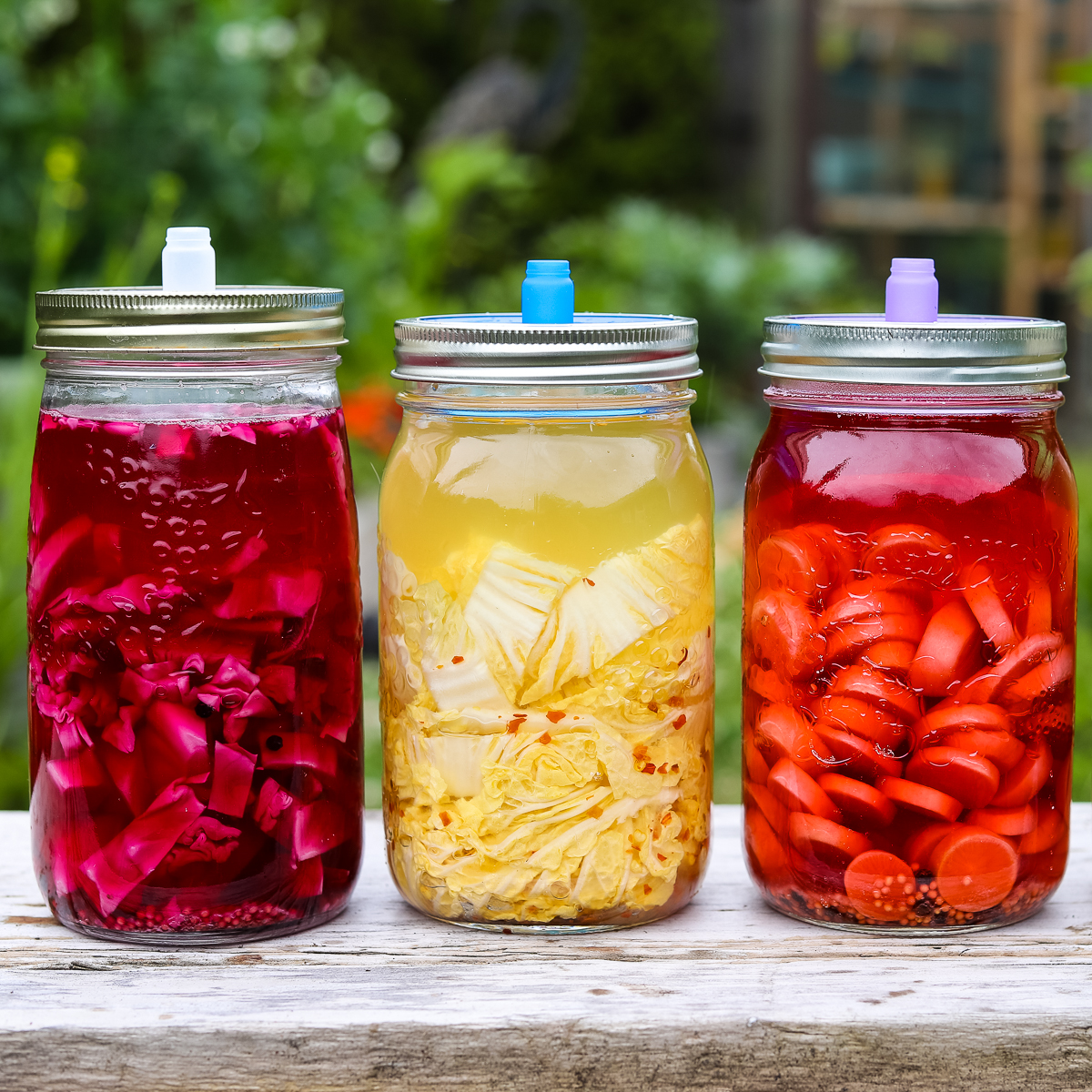
20. Storing and Preserving
Learn the best methods for storing and preserving your harvest. Some fruits can be stored fresh, while others may be better suited for canning, freezing, or drying.
21. Continuous Learning
Stay curious and keep learning about fruit trees. Join gardening clubs, attend workshops, and read books or articles to expand your knowledge.
22. Sharing Your Harvest
Share your bounty with friends, family, or neighbors. It’s a great way to spread joy and encourage others to start their own gardening journey.
23. Patience is Key
Growing fruit trees is a long-term commitment. Patience and perseverance are essential as some trees can take several years to bear fruit. Enjoy the process and celebrate small victories along the way.
Embarking on the journey of growing fruit trees can be incredibly rewarding. Not only will you enjoy fresh, home-grown fruits, but you’ll also gain satisfaction from watching your trees grow and flourish. Follow these 23 tips, and you’ll be well on your way to becoming a successful fruit tree gardener. Happy planting! 🌳🍎🍋
Other articles you may find useful:
